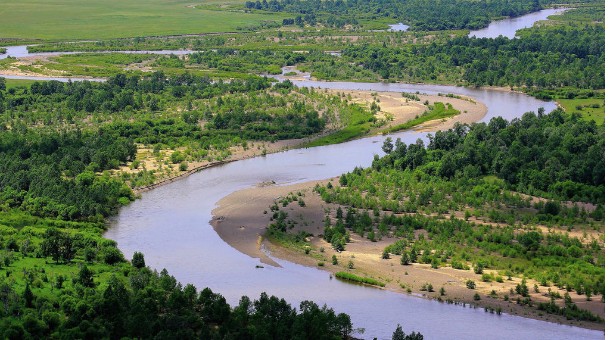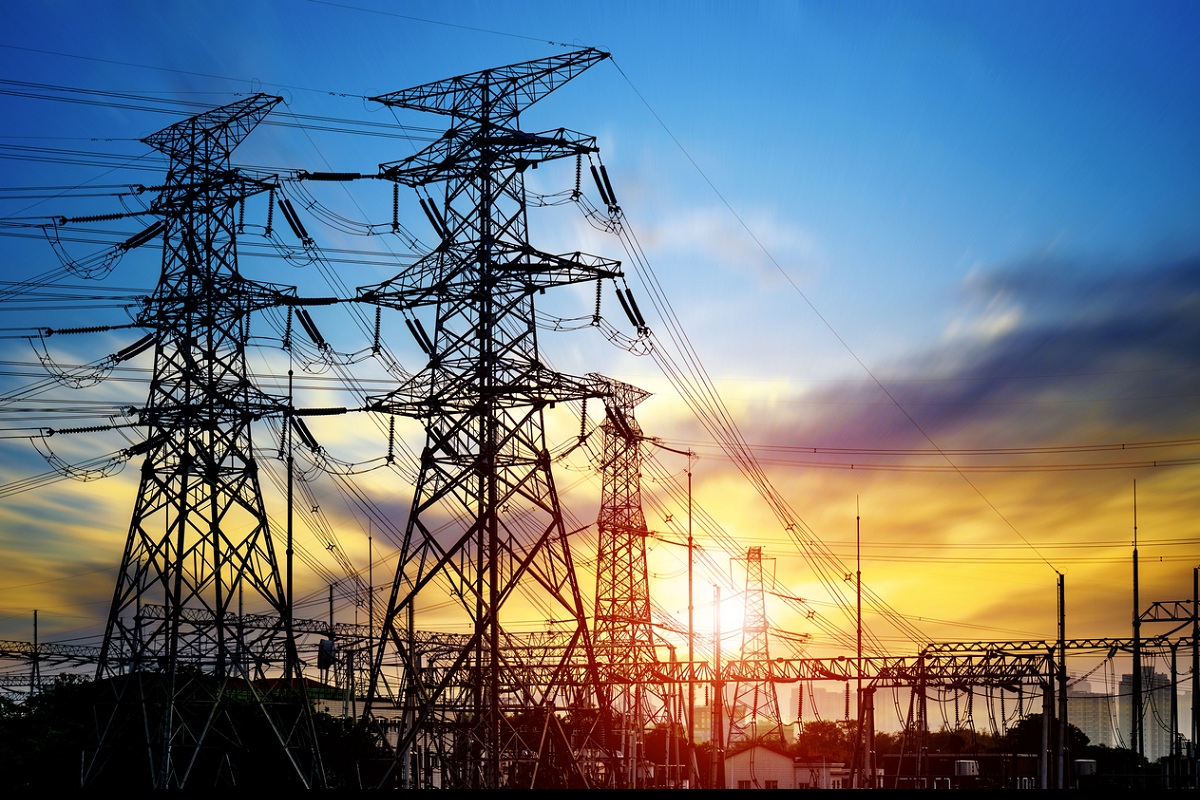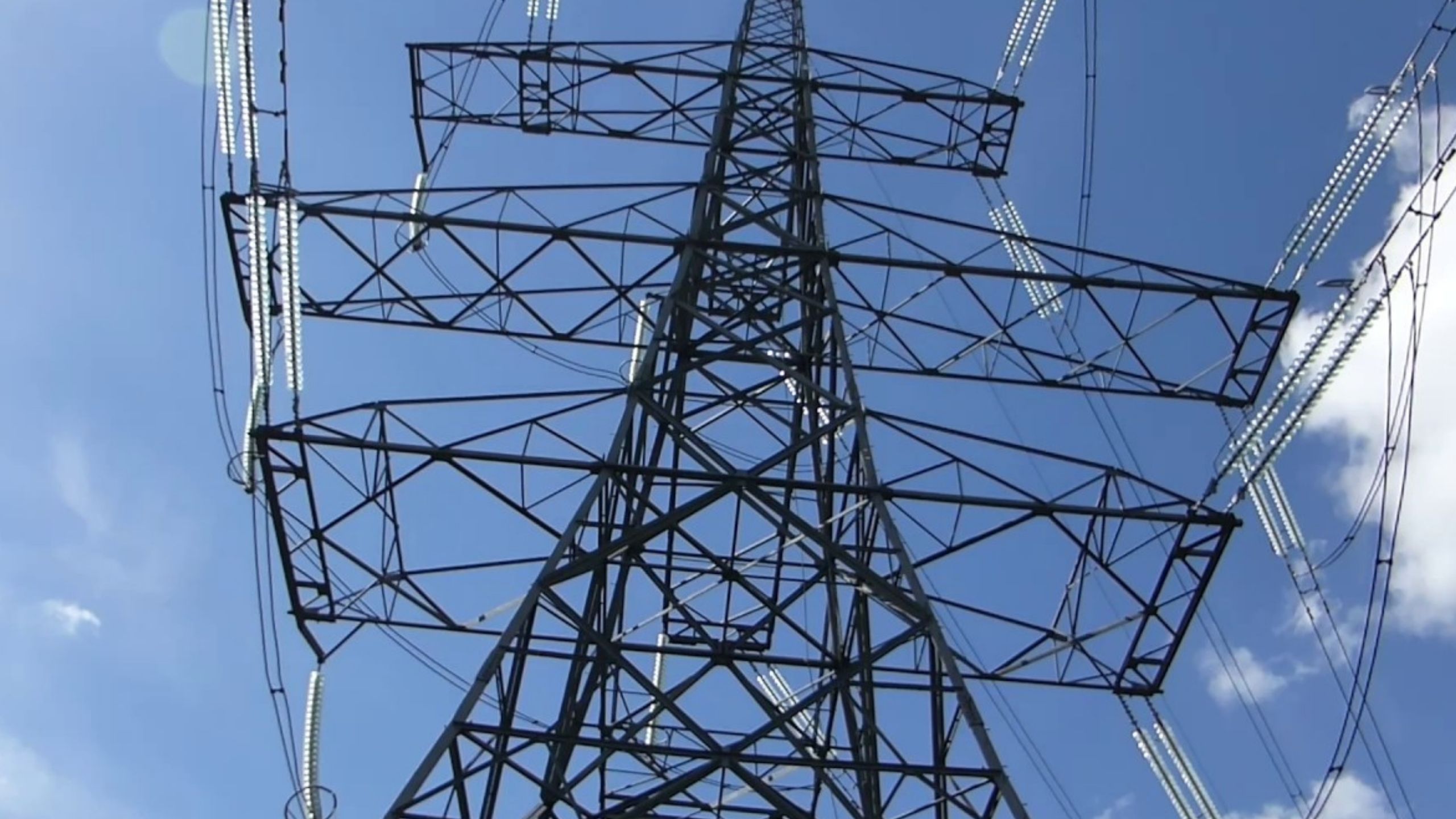Energy Update
Listen to civil society to save the Mekong

The governments of Mekong basin countries, including China, refuse to accept that Mekong ecosystems have changed past the point of no return and that dam construction on the river’s mainstream and its tributaries is the main cause. They do not seem to understand or care about the severe and complex impacts of hydropower dams, which can last centuries.
One of the most noticeable and worrying unnatural changes we have seen is the river turning from brown to blue along the Thai-Lao border due to loss of sediment. This has damaging impacts on Mekong fisheries – the largest in the world – which around 60 million people rely on.

To increase the efficacy of Mekong water governance and improve relationships between countries on sustainable power, governments must listen to the people of the Mekong.
The Mekong, which experiences dry and wet seasons, used to take about four months to oscillate between its highest and lowest levels. But now the river’s flow fluctuates daily in the Lower Mekong Basin due to operations at upstream hydropower dams.

The first dam to open on the Mekong mainstream was the Manwan dam, followed by 10 more in China. Then there are 11 others in Laos and Cambodia in different stages of planning or completion, most with some level of Chinese investment in development or construction.
International Rivers, a global advocacy group, estimates that more than 30 Chinese companies are involved in around 100 dam projects in the Lower Mekong Basin.
Dam construction on a transboundary river has always been a complex issue. The Pak Mun dam on the Mun, a tributary of the Mekong, in northeastern Thailand is 32 years old. Despite millions paid in compensation, problems caused by the dam remain unsolved, including drastic changes to the nearby fisheries. Networks of villagers have been fighting the impacts of the dam since it was proposed in 1989.
The impacts across different countries, all with different economic and geopolitical goals, are even more complicated, and there is no body for the Lower Mekong Basin governments of Thailand, Laos, Cambodia and Vietnam to effectively prohibit or mitigate hydropower projects. The only transnational governance organisation for Lower Mekong countries is the Mekong River Commission (MRC), an entirely advisory body involving Thailand, Laos, Cambodia and Vietnam. The MRC has been criticised for lacking local participation and being a rubber stamp for dam construction.
Resistance from downstream Mekong civil society groups against Chinese dam projects can considerably undermine China’s soft power in the region. Thai civil society seems to have more impact on water resource management than other Lower Mekong Basin countries, such as Laos and Cambodia.
The last large-scale hydropower plant in Thailand was built in 1990. Thai environmental groups and NGOs have developed ways to communicate with domestic decision-makers, such as demonstrations, filing lawsuits against government agencies, campaigning on alternative energy, and renewing the Kingdom’s Thailand Power Development Plan (PDP), a broad roadmap for future power plans.
In 2007, China Datang Overseas Investment, a Chinese state-owned enterprise (SOE), signed a memorandum of understanding with the Laos government to develop the Pak Beng dam in northern Laos. When the news broke, Thai local communities and environmental NGOs began a campaign against the project, which included filing lawsuits against Thai organisations. In January 2018, China Datang’s concern about the lawsuit prompted it to begin a dialogue with Thai local NGOs and villagers. The project is currently stalled as Thailand has no plans to purchase electricity from the dam.
Another way Thai civil society has attempted to communicate with decision-makers upstream is local research. In 2003, villagers and NGOs in Chiang Rai province in northern Thailand started to conduct Taibaan research (carried out by village communities) into Mekong ecosystems that would be affected by the Lancang-Mekong Navigation Channel Improvement Project. The project planned to remove riverine islands and rapids between China and the Thai-Lao border in northern Thailand, a great source of transboundary contention between China and civil society groups in Thailand.
In 2021, this kind of research is still being conducted into the impacts of Chinese projects on ecosystems and livelihoods in Chiang Rai province. The aim is to convey messages from villagers to the Chinese government and investors so that they take responsibility for the consequences downstream. Just last year, in a huge win for environmentalists, the Thai government officially cancelled the Lancang-Mekong Navigation Channel Improvement Project.
China’s overseas investment in hydropower and navigation in Southeast Asia is an important tool it has used to exercise soft power. However, these investment projects are often done with inadequate knowledge about potential socio-political risks. This results in negative environmental and social impacts for local communities and opposition from host countries. The suspension of the Myitsone dam in 2011 in northern Myanmar is just one example of how a Chinese SOE failed to do adequate social risk assessment.
China’s main body for engaging with downstream countries on the Mekong is the Lancang-Mekong Cooperation (LMC). However, the LMC is based on a state-centric approach that gives limited opportunity to the public to participate in its processes.
The Lancang-Mekong Cooperation is based on a state-centric approach that gives limited opportunity to the public to participate in its processes
The concepts of inclusivity and reciprocal ecological protection should be embedded in the LMC’s principles to ensure that the Mekong River will be sustainably managed and equally shared in the future.
A lack of awareness of the voices on the river is turning China’s hydropower push into political and social trouble with its neighbours. China should promote greater engagement with downstream communities and adopt the concept of reciprocity in practice through dialogue and information sharing.
Conversation

- Info. Dept. Reg. No. : 254/073/74
- Telephone : +977-1-5321303
- Email : [email protected]












